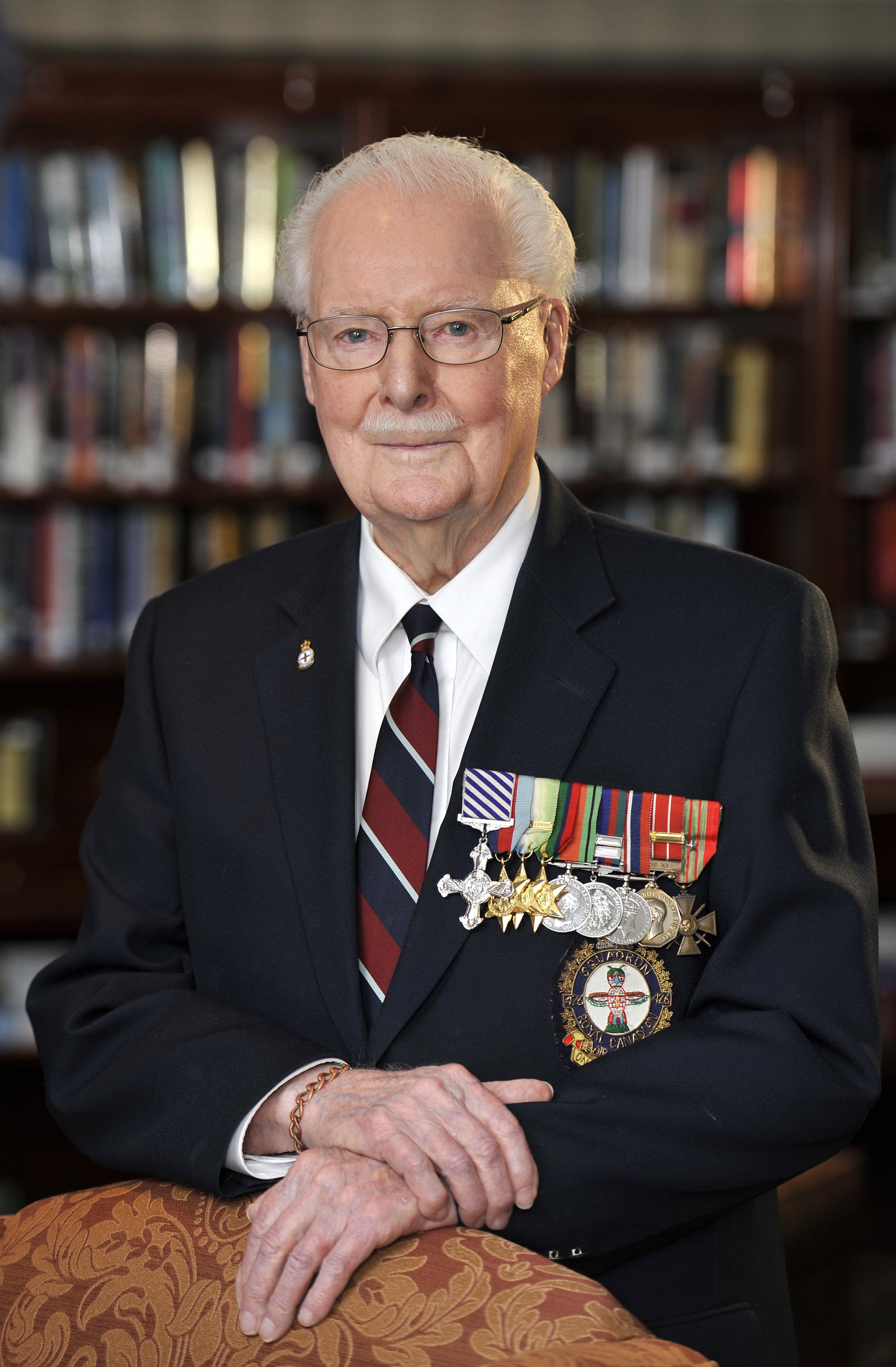“Prime Minister Mulroney did not get rid of the deficit; he had the Free Trade Agreement which was a liability,” says Sokolsky. “There wasn’t a lot of public support and people were linking the White Paper, which was pretty hawkish, as simply slavish pro-Reagan, and Mulroney’s friendship with Reagan was also a liability.”
In 1989 the SSN program was cancelled. Yet, the political and public opposition to new naval procurement programs was not restricted to those like the SSN, which might be seen as pushing the strategic boundaries.
With a generation of use and a well-known maritime search and rescue role, some might have thought that the plan to begin replacing the aging CH-124 Sea Kings and CH-113 Labradors between 1995 and 2002 was a “no brainer.” Yet, the fog of partisan politics was destined to skew logic.
“The decision had been made to try and use the same aircraft for both shipborne and search and rescue with the idea that that would reduce the overall cost,” says Campbell. “And the thing about the EH101 I remember when I inherited the file was that every time people would get up and start haranguing, ‘Why are we having these Cadillac aircraft?’”
What was the opposition’s definition of a flying “Cadillac” on the eve of the 1993 election?
Writing in CDQ in spring of 1988, Major M.W. Fielding of the CAF’s New Shipborne Aircraft Project Management Office listed the intended missions of shipborne aircraft as anti-submarine warfare, search and rescue, medical evacuation, vertical replenishment, and anti-ship surveillance and targeting. According to Fielding, the EH101 was a good choice based on its engine capacity, and range and operability in icy conditions. The definition phase of the intended Sea King replacement was to be complete by the end of 1989 with first flight and first delivery coming in 1992 and 1994 respectively.
The initial order to AugustaWestland, the manufacturers of the EH101, was for 35 operational EH101s and 15 search and rescue variants that, when combined, were to cost $5.8-billion.
But as the Progressive Conservative mandate came to an end, the Soviet Union was collapsing, and the economy was in a deep recession. With increasing calls for a peace dividend, the helicopter purchase consistently popped up as a political lighting rod in the House of Commons.
“I actually provided briefings to anybody who wanted to come to see the different specifications of the different aircraft that had been considered,” says Campbell. “I would say, you are perfectly entitled to that question (Why are we buying those Cadillacs); please tell me which of the specifications you consider surplus? There was never an alternative. The Liberals had a strong left-wing element to their foreign policy and one of their things was now the Cold War is over, we now have a peace dividend.”
As pressure from her own party mounted, Prime Minister Campbell reduced the procurement to 28 operational and 15 search and rescue EH101s, which brought the price down to $4.4-billion.
“This was something from within my party that people felt this issue was hurting us,” she says. “I think it was a mistake, but it was one of those things that had become a political issue.”
Almost immediately after his landslide victory in October 1993, Prime Minister Jean Chrétien cancelled the contract paying some $500-million in penalties.
Meanwhile, variants of the EH101 went on to be used by Great Britain, Italy, Denmark, Japan and eventually Canada!
Five years after its cancellation and penalty payments, the Chrétien government arranged for the purchase of 15 CH-149 Cormorants, a variation of the EH101, from AugustaWestland. In November 2004, Paul Martin’s Liberal government announced the purchase of 28 CH-148 Cyclone helicopters as the ship-borne variant to replace the aging Sea Kings, with the first delivery expected in early 2009. However, changes in the design resulted in numerous delays and changes to the contract. The CH-148 Cyclone’s initial operational capability is now expected to occur in 2018, with full operational capability not being reached until 2025.
By that year, how long will it have been since the first planned Sea King replacement aircraft was supposed to fly? Just check the age of some of the Cyclone’s experienced pilots in 2025!
Today, as with most failed procurement plans, there is flagrant, almost Orwellian disassociation among political parties for decisions taken in the past that still impact the RCN.
In June 2017, ironically on the 30th anniversary of the introduction of the White Paper, the Liberal-dominated Standing Committee on National Defence published a report entitled The Readiness of Canada’s Naval Forces. Listening to the evidence of a multitude of expert witnesses, the Liberal report concludes that “our Navy must be a national priority” and that “we must not forget that we are building today the fleet of tomorrow and this must be done right.”
First among the Commons Defence Committee’s 22 recommendations is the somewhat hawkish statement “that the Government of Canada recognize that the readiness of the Royal Canadian Navy is one of its key pillars in ensuring national sovereignty and security, while simultaneously being aware that the aggressive actions by Russia and China in the maritime domain pose a direct threat to Canada and its interests.” The Liberal-dominated Committee also recommended “Canada begin the process of replacing Canada’s submarine fleet with the intention of increasing the size of the fleet with submarines that have under-ice capability.”
Yet when some of the report’s witnesses, including retired naval officers and academics, were asked about a future nuclear submarine option, they were quick to point out that it had been considered twice before and dropped for financial reasons.
“Admirals,” says Sokolsky, “are political realists whereas the government wasn’t.”
Next month, Part 3: Reflecting on the integration of reserve and regular force in the decade following the 1987 White Paper.
Part 1: http://espritdecorps.ca/perspectives-1/challenge-commitment-lost-part-1-looking-back-at-the-defence-white-paper-of-1987-a-made-in-canada-policy































































